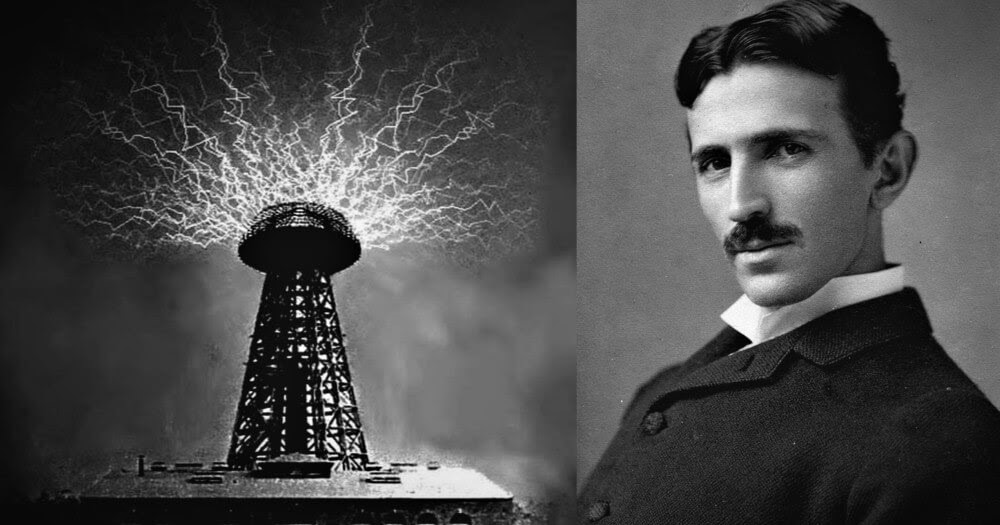
Air charging technology is one of the latest technologies, and this development is very natural considering that fast wired charging technologies have reached up to 120 watts in some Xiaomi phones, and even Realme has recently announced a 125 watt fast wired charging technology, which will It will reach some of its phones next year, and fast wireless charging technologies have reached great speeds in some phones.
Although the air charging technology is still under research and experiments, it is a technology that promises a lot for electronic devices, specifically their batteries, which can be completely dispensed with in the future thanks to air charging technology. new thanks to the free space left by the batteries.”
The strange thing is that there are not many companies that are developing this technology, the most prominent of which are Xiaomi and Motorola, where they have demonstrated some of the solutions and technologies that support the idea of charging through the air.
Motorola Air Charging Technology:
Motorola Air Charging Technology (Space Charging) can offer the ability to charge 4 devices simultaneously.
Motorola’s advanced over-the-air solution also offers the ability to charge up to three meters away.
Xiaomi was the first major brand to showcase air charging technology, introducing what it called “Mi Air Charge” earlier this year that allows users to charge their devices over the air, and Motorola soon followed suit with a brief presentation explaining its own technology, but the company is back Later with more details and demonstration videos.
Upon the initial disclosure of Motorola’s air charging technology, the company published the details on its account on the Chinese “Weibo” website, where Space Charging technology showed the ability to charge two devices at the same time across a two-meter diameter circle, but it is clear that the technology has become more advanced now. .
The company says its Air Space Charging technology now allows up to four devices to be charged simultaneously at a distance of up to three metres, and this solution also offers a coverage angle of 100 degrees.
Motorola also noted that the air charging station has an antenna, can pass through the corresponding obstacles, and is so advanced that charging is paused in a specific area when detecting the presence of a human body.
There has not yet been any official report regarding the maximum speed in air charging technology, with leaks saying that it may exceed 5 watts, and this is of course very slow for batteries of 4000 mAh and 5000 mAh, so we still have to wait for these technologies to complete and increase their speed At least up to 30 watts.
Motorola Space Charge
But this speed may be useful in the case of charging other devices with small batteries, such as those in smart watches or modern Bluetooth earbuds, and the company also explained that this slow speed makes sense, and the reason is that the presence of air charging technology allows you to leave Your phone is on the counter or just about anywhere in the house during the day, so you don’t need to have the support of fast charging speeds.
Xiaomi Mi Air Charge air charging technology
Xiaomi is one of the most powerful companies in the world in the smartphone industry, especially in the field of batteries and charging speeds, as we have seen the presence of some of its smartphones with wireless charging capabilities of up to 67 watts, such as the Mi 11 pro / Mi 11 Ultra, and the company has also introduced fast wireless charging with a capacity of 100 watts. However, the Chinese authorities have recently banned the production of fast wireless charging with a capacity of more than 50 watts.
Xiaomi continued its superiority in the areas of fast charging until it reached the development of its own Mi Air Charge air charging technology, which is still under development in Xiaomi laboratories, but most likely it will be the first in the world to produce such technology and actually employ it in the homes of users.
In early 2021, Xiaomi announced that it was working on a completely wireless (over-the-air) charging solution, and unlike traditional Qi wireless charging technology, Xiaomi’s solution aims to charge your device even if it’s not on its own charging pad, and this is done as soon as your phone is in the room Same with Mi Air Charge.
Mi Air Charge achieves this by using 144 antennas embedded in a device that transmits the millimeter wave signal. The smartphone then receives the signal through 14 antennas built into the phone, converting those waves into power of up to 5 Watts. Mi Air Charge is expected to have a range of a few meters and can even get through things without a drop in charging efficiency.
Although Xiaomi’s announcement got a lot of people excited about this technology, a Xiaomi Global spokesperson clarified that it is just a technical demo, and the company has no plans to release it in 2021 so we can only hope it will come in 2022 .
Xiaomi mi Air Charge
Mi Air Charge isn’t the first actual wireless power transmission experiment. The Wardenclyffe Tower, more commonly known as the “Tesla Tower,” was built by the genius scientist Nikola Tesla in 1901 on Long Island, New York, as part of his wireless power transmission experiment. experience in theory; But all his research was later hidden for unknown reasons, specifically after J.P. Morgan refused to fund the project.